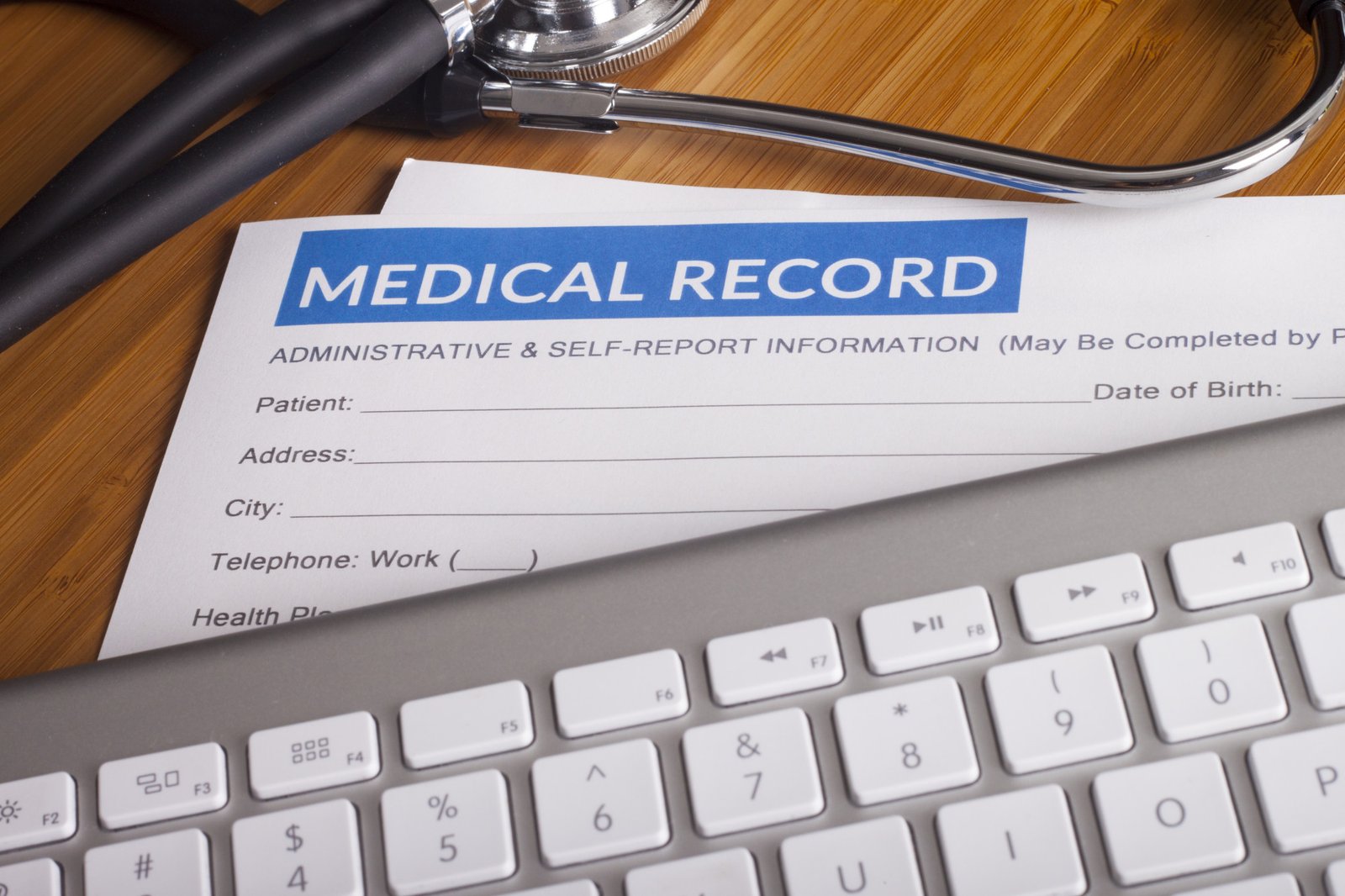Table of Contents
You need an important medical document, and you can’t find it! If only there were a way to prevent this in the future.
Keeping medical files organized is pertinent whether you’re a hospital, doctor’s office, or patient. Doctor’s offices and hospitals must keep patient information confidential and comply with HIPAA. But how?
While it might seem tough to stay organized and keep everything in one location, it doesn’t have to be! Read this guide on how to keep medical files organized today.
Digital vs. Paper
Decide if you’ll use digital or paper to store documents. While digital files can help you avoid using a filing cabinet, they could contain sensitive information that hackers might access.
If you have several documents, it’s best to go with paper and use Tabshop medical chart dividers to keep everything organized. You can customize the medical tabs to reflect your files.
Organization options include:
- Online records with an e-health tool
- A filing cabinet
- Store files on a computer to scan and save documents
Did you know that over 60% of organizations don’t think their cybersecurity applicants are qualified? Use a secure location such as password-protected files, a fireproof home safe, or a safe deposit box. For online services, check their confidentiality and security measures.
Organize Immediately
Even if you’re organizing medical documents for the first time, start with insurance statements. Use a spreadsheet to keep track of your files.
Outline what you pay, insurance, and the total of the bill. Group information by scans, tests, doctor’s visits, paperwork, etc.
Remain Consistent
Each time you go to the doctor, ask for physical medical reports. Then you can file the information and stay up-to-date. Some offices have patient health portals for you to download information.
What Medical Files To Keep?
Keep doctor visit summaries, family health history, and personal health history. Test results, insurance information, legal documents, and pharmacy printouts are also important.
Legal documents include a medical power of attorney and a living will. Test results could include bone density scans, X-rays, urine tests, and blood work.
Personal health history includes your conditions and how they’re being treated. Past information can include accidents, surgeries, and hospitalizations.
Other helpful documents might include the following:
- Dental records
- Organ donor authorizations
- Contact information
- Notes about lifestyle habits
- Family history
Log Side Effects
If you have a chronic condition, keep a log of your symptoms and side effects. It can also include your blood sugar and blood pressure.
Track how you respond to treatments and medications. Write the dose and how often you take it. Include any side effects from it.
Have Multiples
It’s best to have multiple copies for your records. That way, you’ll have it whether you’re going to the doctor, have it in your home, etc. Keep important records in a safe in the case of a natural disaster.
Better Organizing Information
Label the front of the file with medical records and the person’s name. Collect business cards from healthcare providers and keep them in the cabinet.
Write dates for updates on the top of the page. Place appointment reminder cards into the file. Use colored tabs to find what you need easily.
List All Medications
Include a list of prescriptions, supplements, and over-the-counter medications. This should include present and past medications.
Write the end and start date along with the dosage and drug name. Include any side effects.
Keep Important Contacts
Keep the addresses, medical practices, email, names, and phone numbers of your pharmacist and doctor. Include emergency contact information of a family member, caregiver, or another person in case of an emergency. Have your insurance provider’s phone number, address, and policy number.
Asking Doctors for Medical Information
Keep physical copies of information from physicians, caregivers, etc. You have a right to access your medical records, which might take time.
Let them know that you’re trying to have your own personal records. If they need time, schedule a follow-up day.
While you have information to most information, some are exempted. For example, you can’t access psychotherapy notes. These include documents for criminal or civil matters.
They might charge you a copy fee since they’ll copy the original. You might need to sign a release form at every facility.
Consider Binders
Instead of a filing cabinet, you might keep binders. Place them in piles to keep them organized before inserting them into the binder.
Keep the records in chronological order to find them faster. Have holes in your medical records with a 3-hole punch. You can find notebooks at convenience stores and locations that sell school supplies.
You’ll want to keep payments and insurance claims for up to five years. You’ll want to keep them longer if they’re related to tax returns.
Organize doctors alphabetically and use color coding. Have a table of contents to flip to the right section.
Keep the table of contents alphabetical as well. Some binders will come with a blank table of contents for you to use. You could also print a table of contents.
Keeping Medical Files Up-to-Date
This guide helps you keep your medical files more organized. Not only will you find items easier, but you can access them anytime.
Take your time researching the pros and cons of each option. Decide which is best and speak to your doctor about your medical records.
Would you like to read more insightful lifestyle content and tips? We can help! Be sure to check out our articles today.

